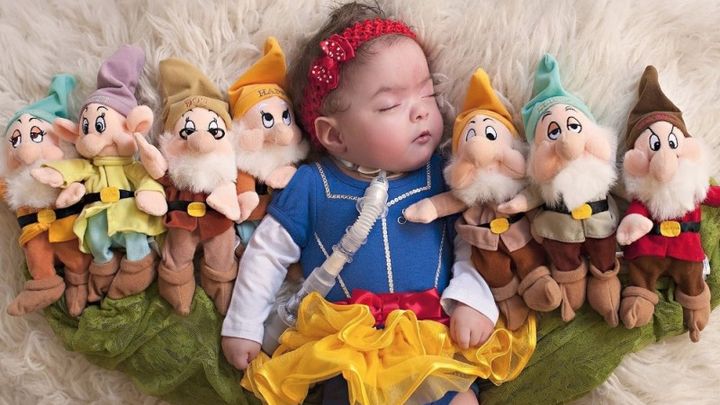
Baby Lennon needs your help
Donation protected
Lennon Galloway
We wanted to let you know what our little warrior has been through this last year. Our daughter Lennon Galloway was born premature at thirty four weeks on August 23, 2014 at Holy Redeemer Hospital. She was delivered early due to poor fetal growth in the womb and was diagnosed with IUGR (Intrauterine Growth Restriction). Lennon was 3lbs 4 ounces at birth. Within the first few hours, Lennon needed a transfusion of (1/3) of her total blood volume. Lennon displayed respiratory distress and failed to thrive during her stay in the NICU at Holy Redeemer.
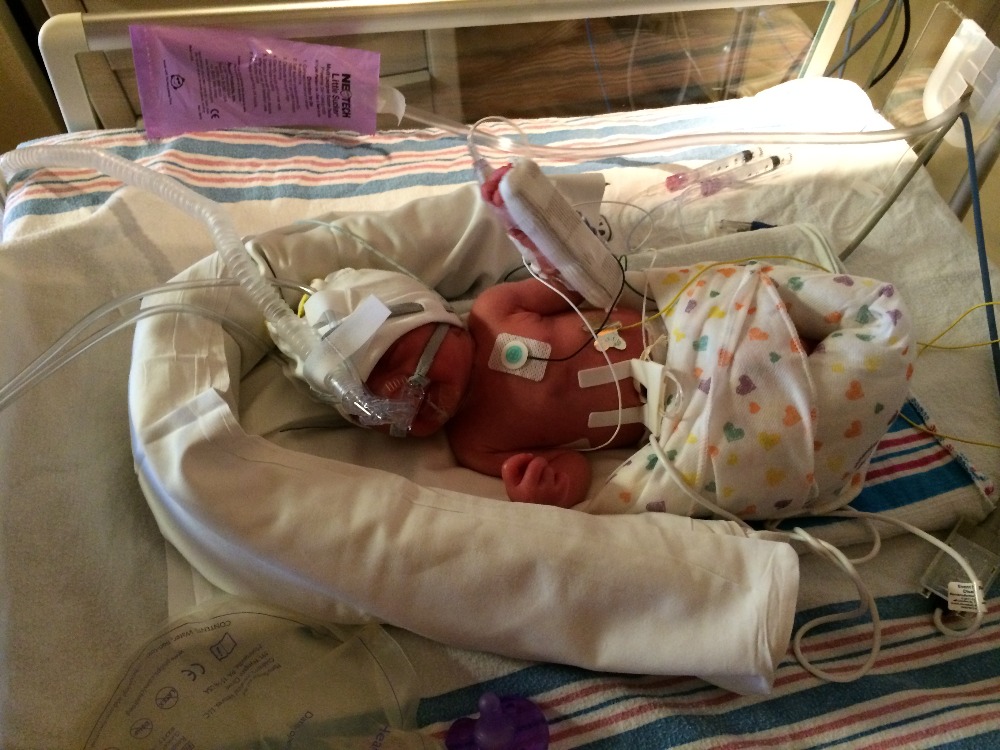
Lennon was transferred to St. Christopher’s Hospital on October 20, 2014 with the following diagnoses: Respiratory Distress, Polycythemia, Hyperbilirubinemia, Growth Failure, Choanal Atresia and Laryngomalacia. She was transferred for the purpose of awaiting surgery to correct her Choanal Atresia and Laryngomalacia. On October 24, 2014, Lennon had her first surgery for a repair of choanal atresia (closed left nasal canal). This procedure was repeated on October 31, 2014. These procedures did improve her respiratory distress; however, the repair of her laryngomalacia (floppy airway) was unable to be performed because of Lennon's small size. So, Lennon’s three main issues continued despite these surgeries: her inability to feed, respiratory distress, and failure to thrive.
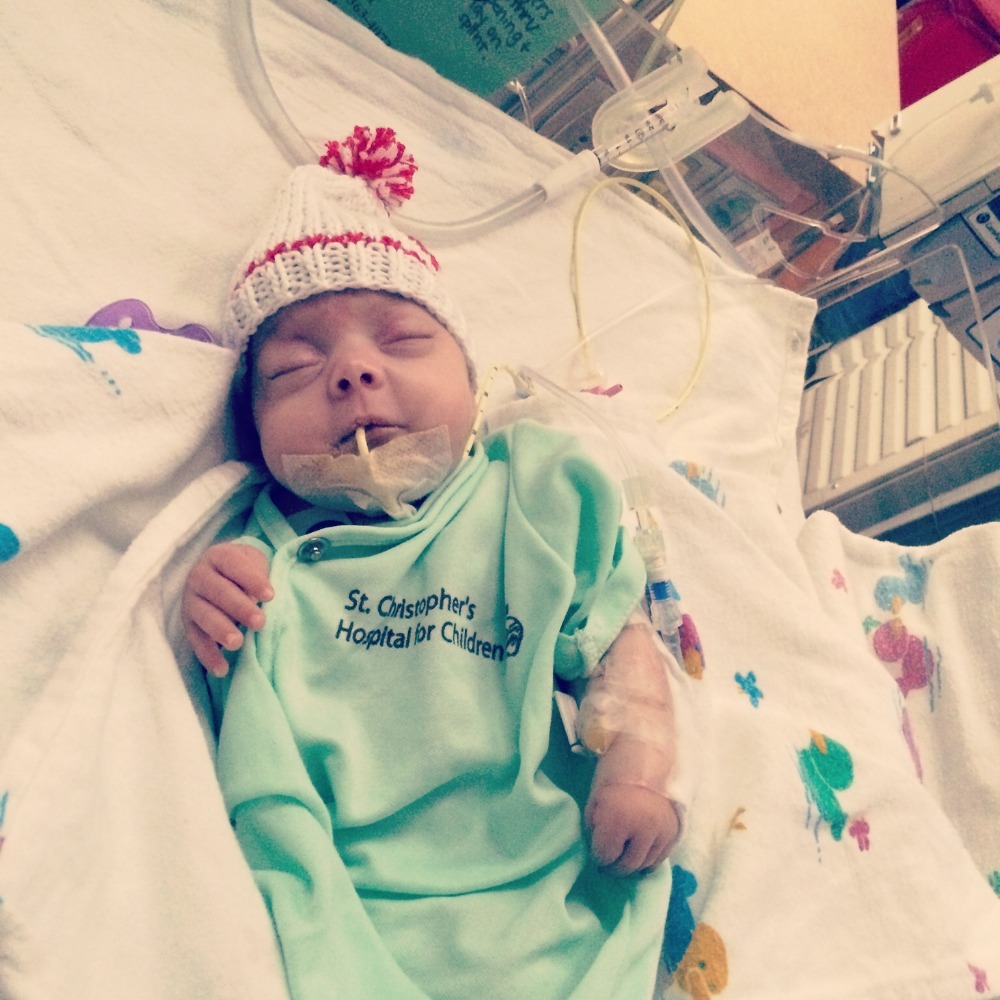
The therapists at St. Christopher’s were unable to help improve Lennon’s inability to feed due to her uncontrollable reflux. From birth, Lennon had been eating through an tube inserted directly into her intestines due to her feeding intolerance. She refused to keep the tube in and was always pulling it out even though there "was no way she will get it out". Due to these continued issues, Lennon had another surgery for a G-tube (feeding tube) placement and a Nissen procedure on December 10, 2014. The Nissen helped Lennon with her severe reflux. Shortly after these procedures, Lennon was discharged from St. Christopher’s on December 20, 2014 after being in hospitals for her first four months of life.
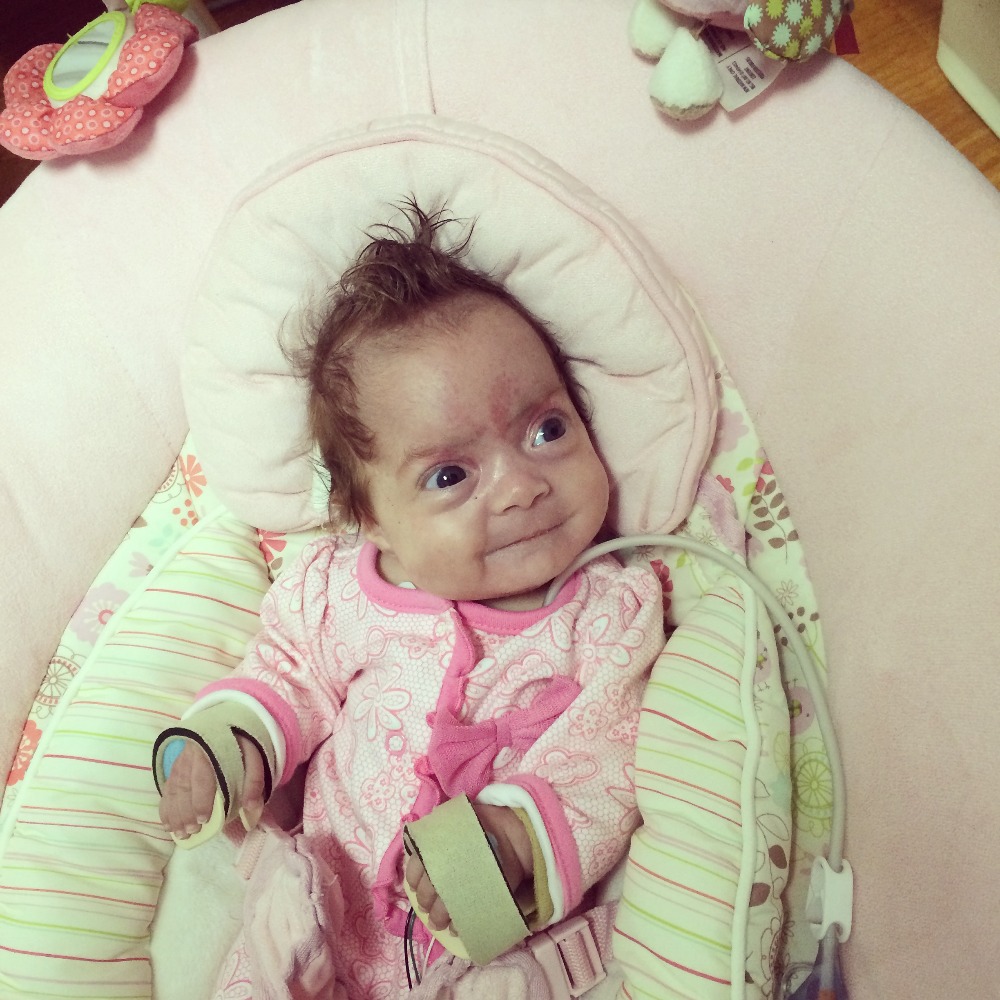
Four days later on December 24, 2014, Lennon was readmitted to St. Christopher’s due to emergency respiratory distress. Lennon contracted Rhinovirus, which caused extensive comprise of her respiratory status. Over the course of the next few months at St. Christopher’s, Lennon battled a series of illnesses that were classified as “of an unknown origin”. These illnesses caused high fevers and further compromised her respiratory system. Several more attempts were made to repair her Larygomalacia, but were unsuccessful. On March 13, 2015, Lennon had yet another surgery for the placement of Tracheostomy tube due to her ongoing respiratory distress and chronic lung disease. Lennon now had the assistance of a ventilator to apply air pressure, aiding with the expansion of her lungs to help her breathe at a normal rate.
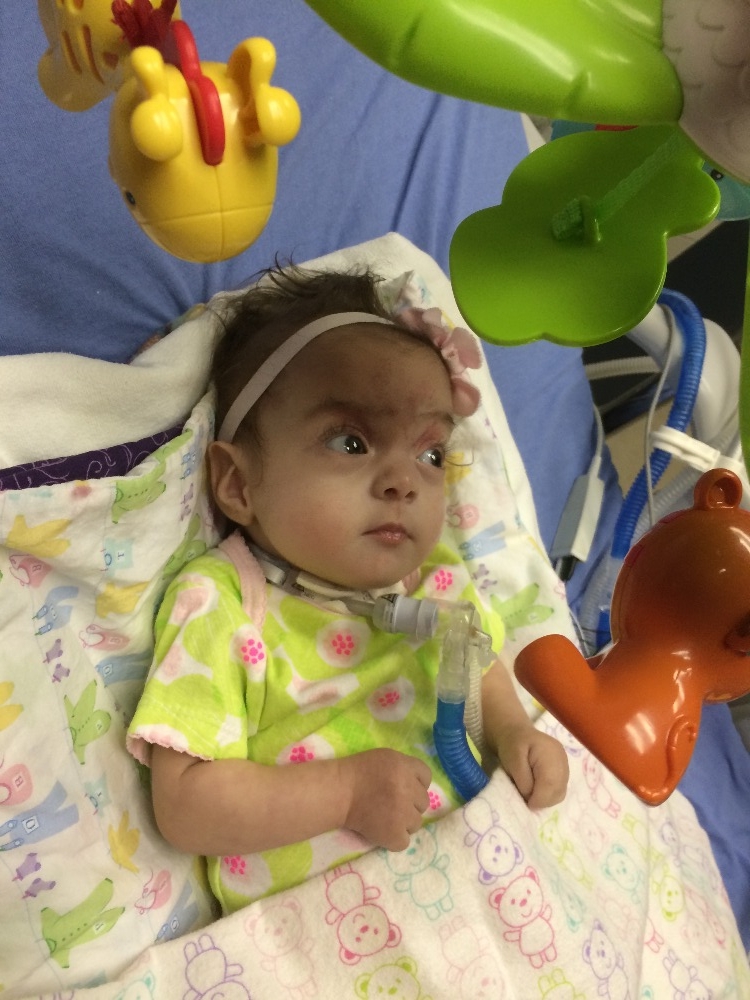
Lennon was then discharged from St. Christopher’s Hospital on April 3, 2015 after another 3 1/2 month stay. From April until August, Lennon made small improvements and began to gain weight. Finally, there was a sense of ease and relief. She begn to smile and interact with her sister and brothers. We thought the worst was behind us. On August 21st, 2015, her Pulmonologist said it was time for her to start sprinting, or being taken off the vent and allowed to breath on her own for 30 minutes per day. It was to be the first step in having her weaned off her ventilator.
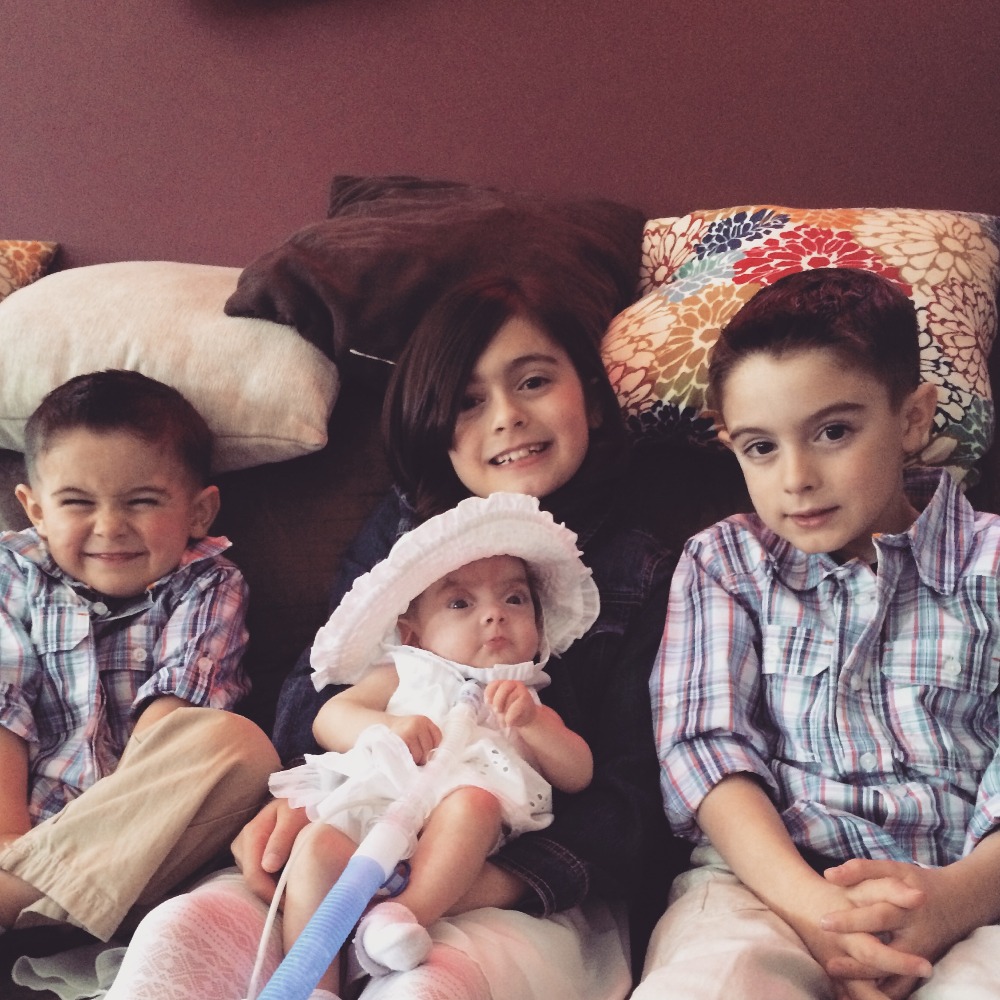
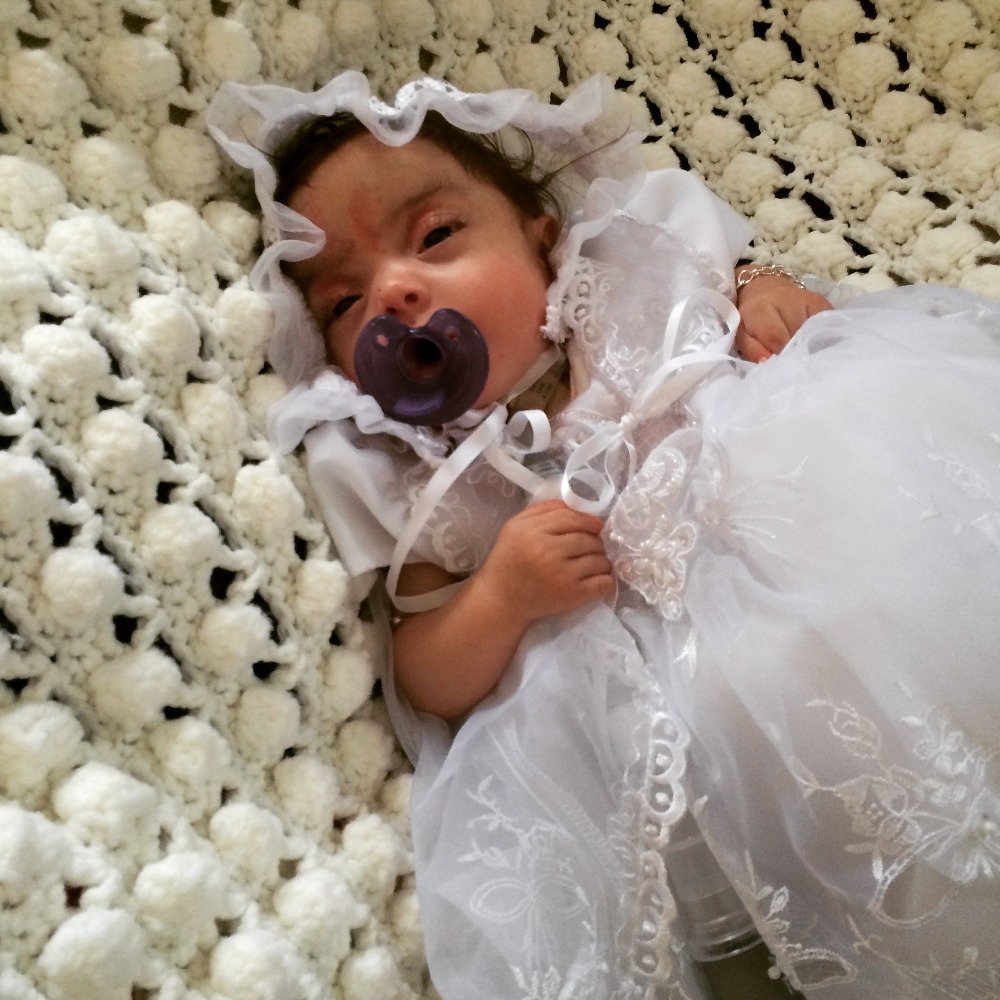
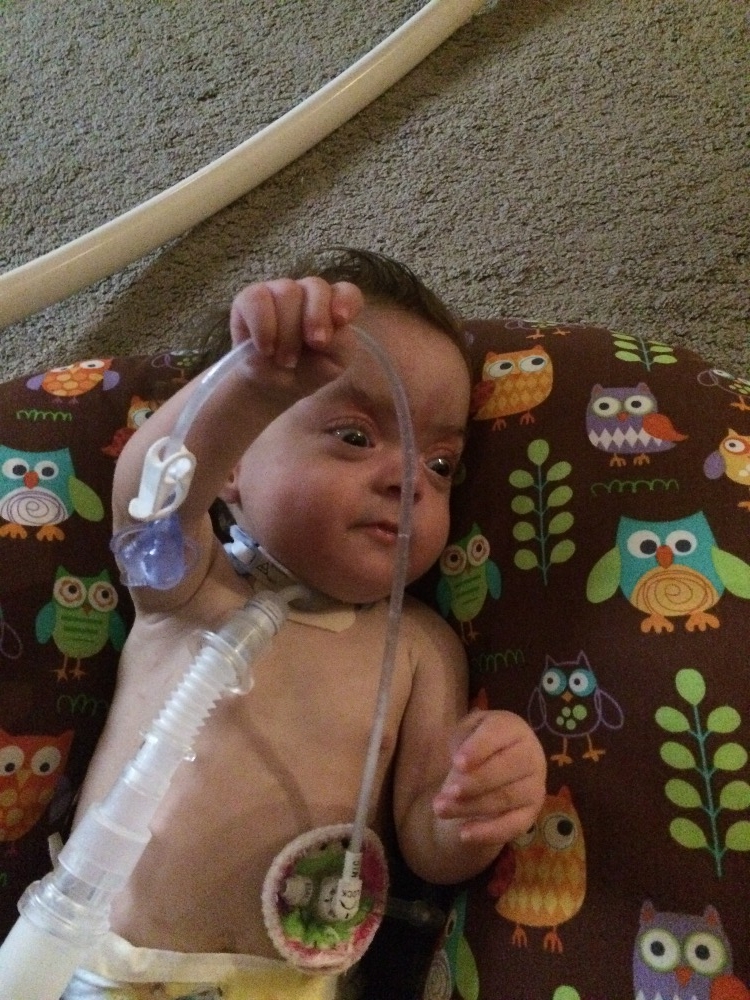
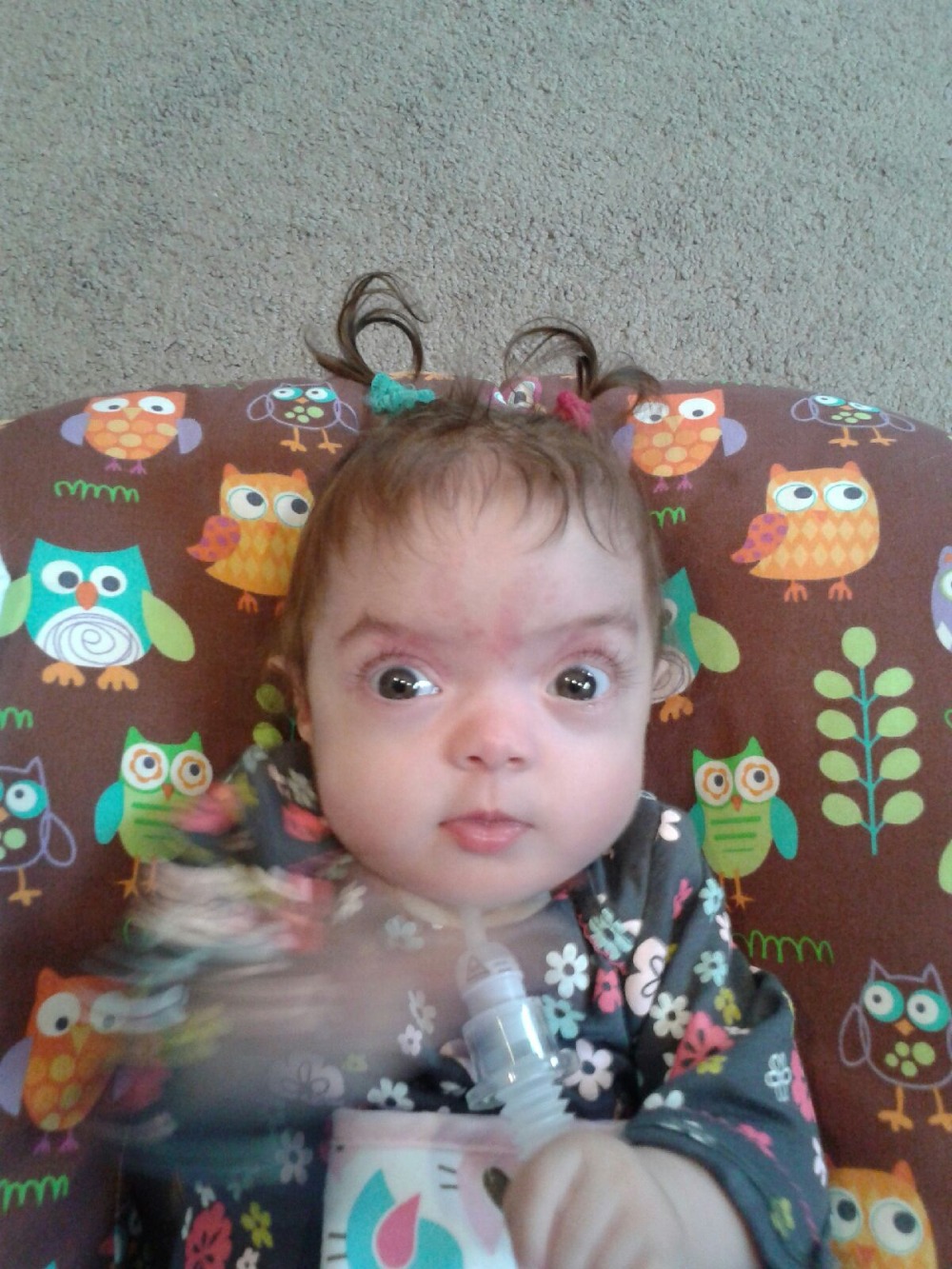
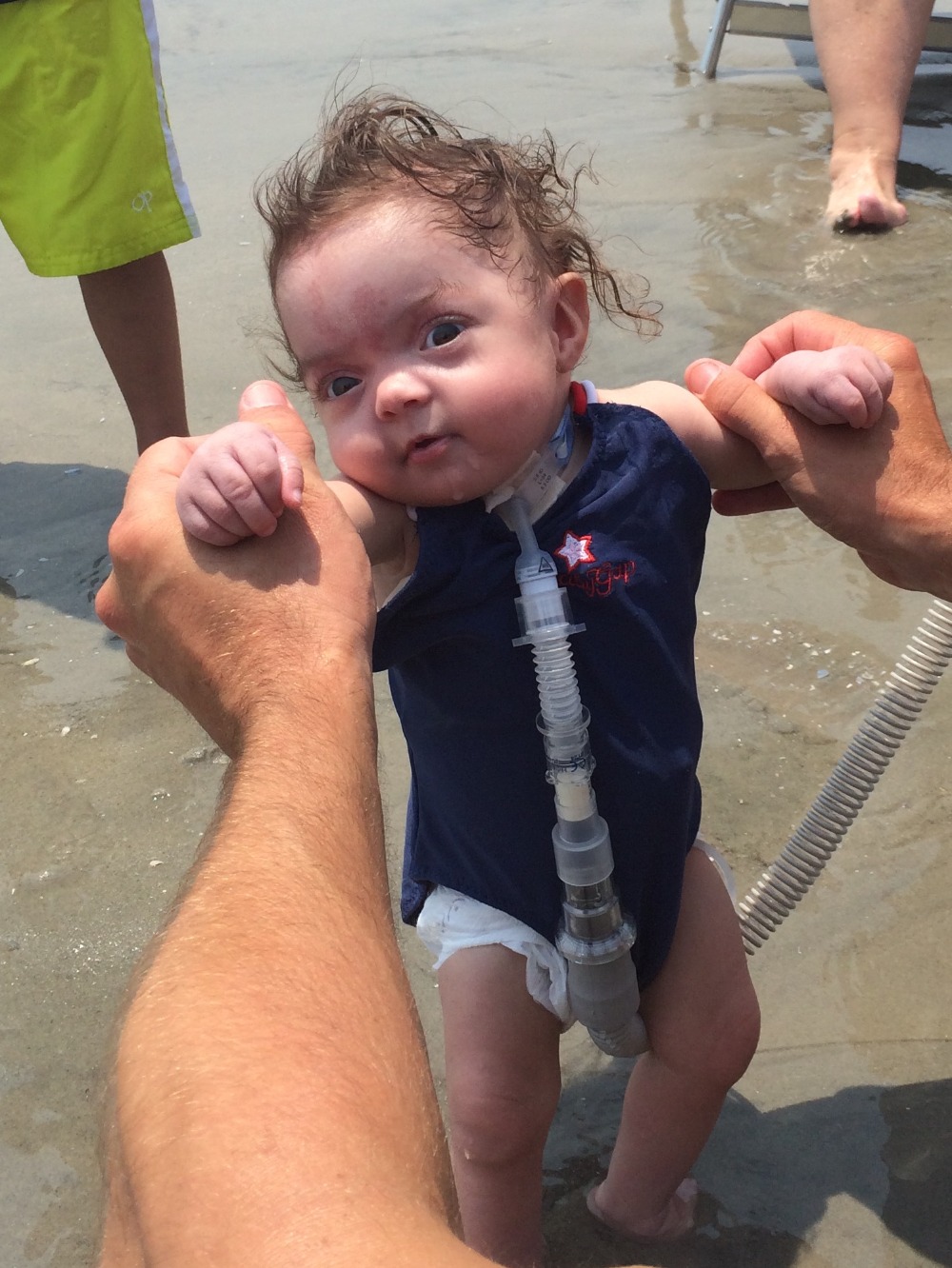
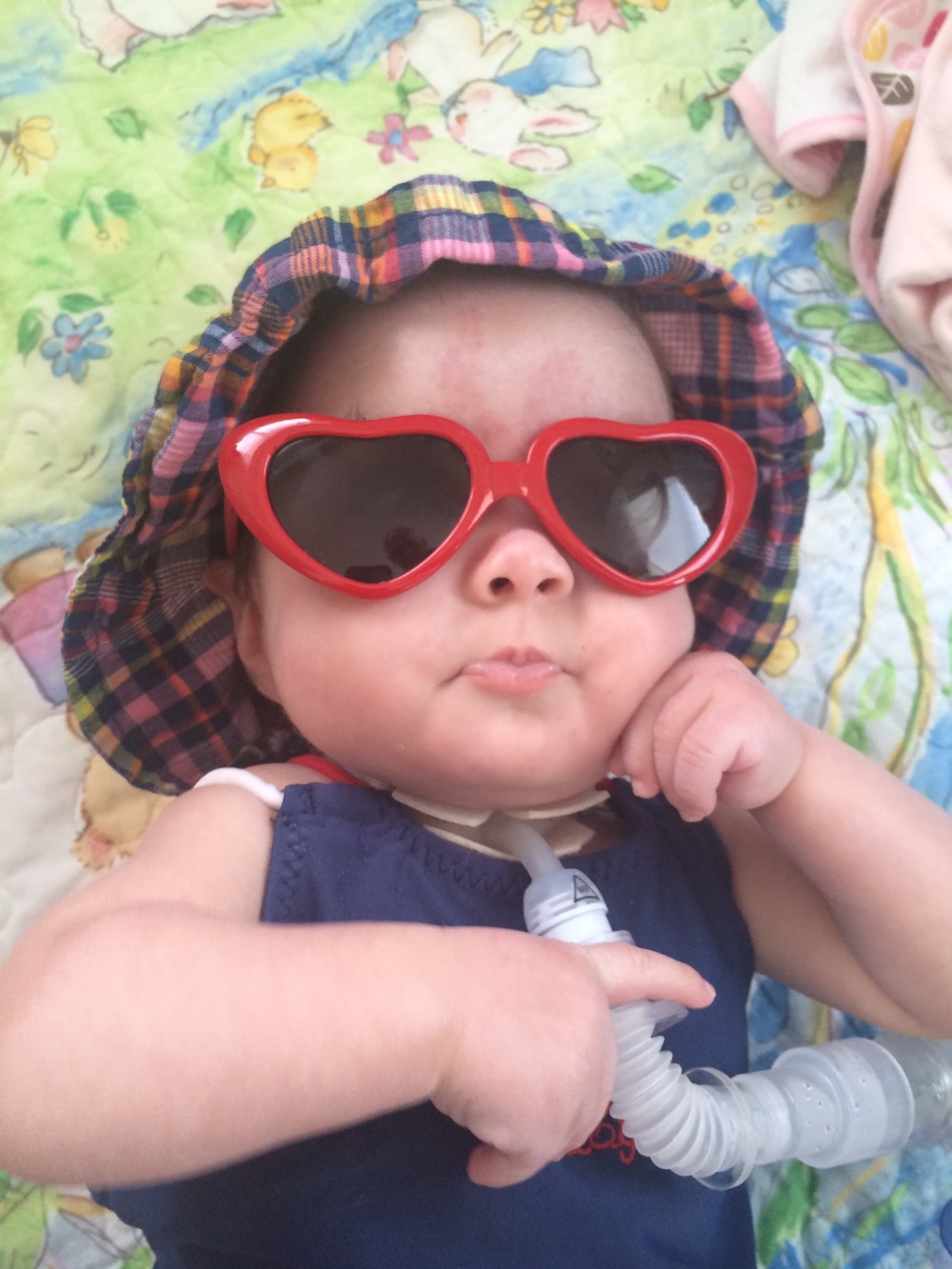
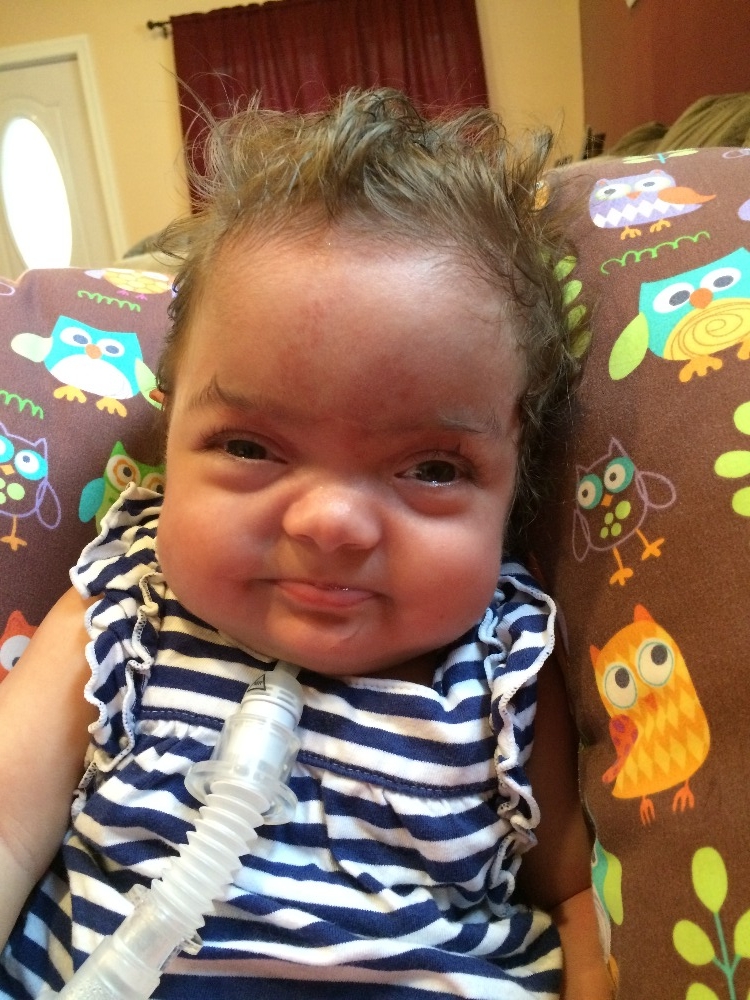
On August 22, 2015, we had Lennon's first birthday party. She was so happy that day. We will never forget her face when she looked at all of her cousins singing happy birthday to her.
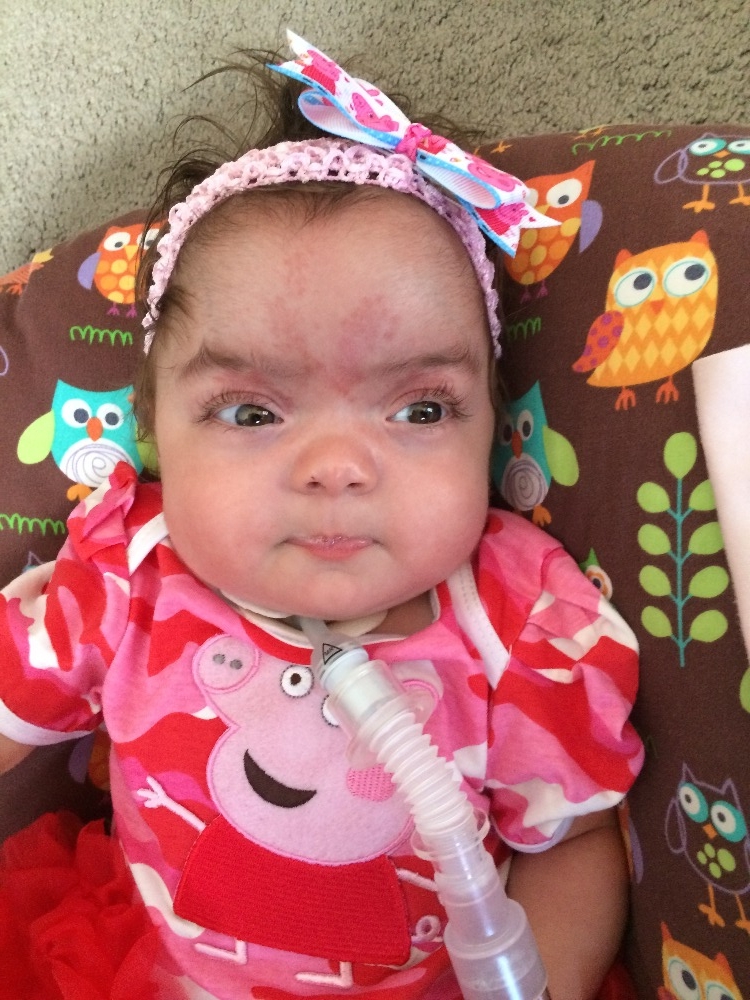
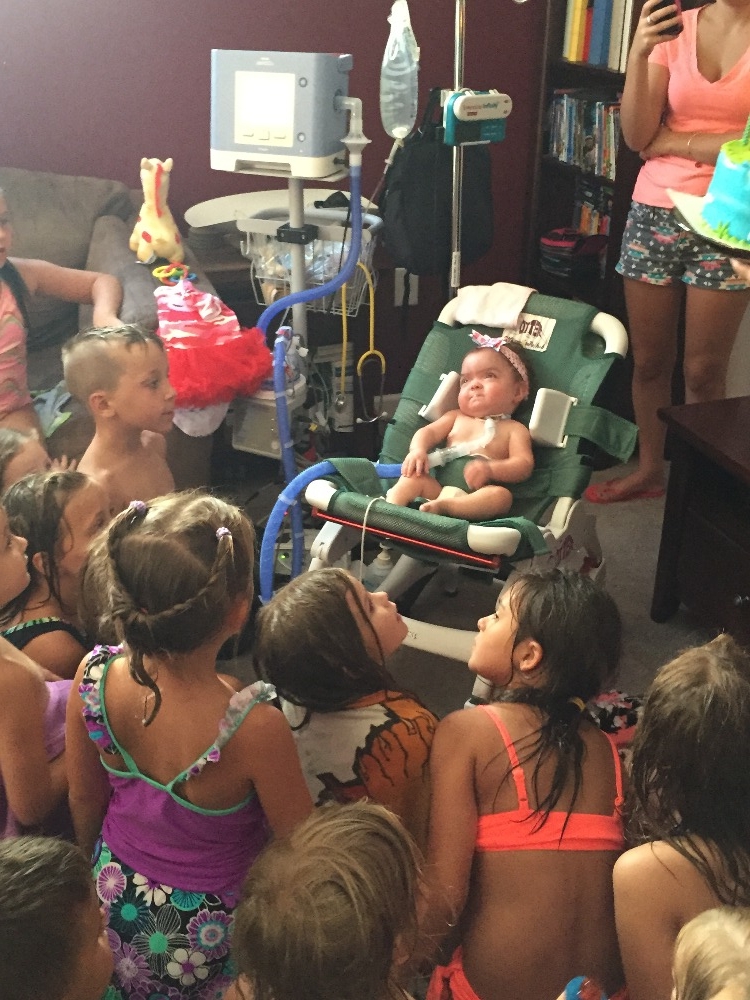
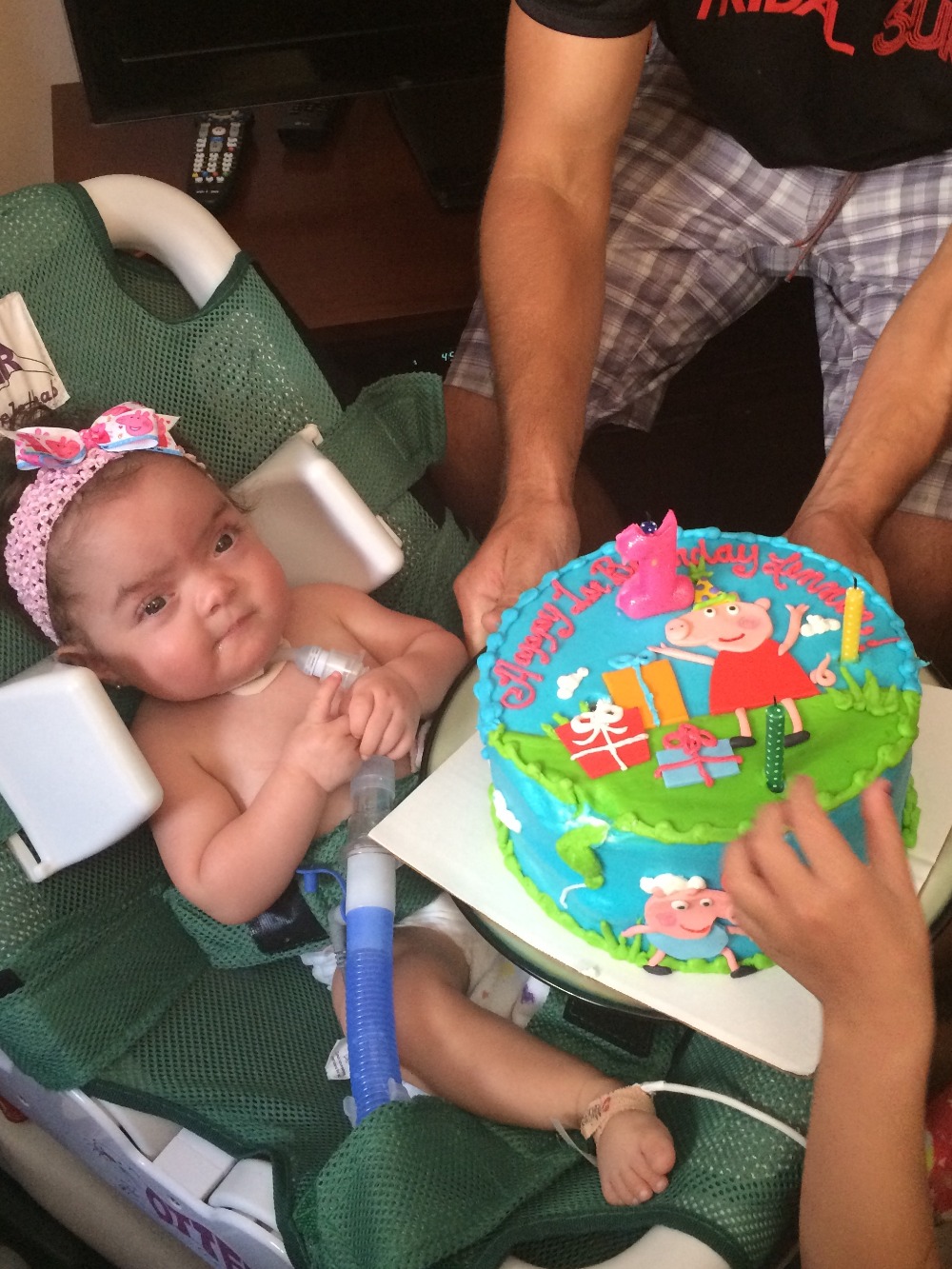
Before she went to bed, we told her that we would set our alarms for 2:14 a.m., so we could wake up and sing to her. That night at 2:10 a.m. within minutes of the time of her first birthday, Lennon had two unexpected prolonged seizures. The seizures were caused by a quick spike in temperature from 98.6 to 104.7 with no warning signs or symptoms. The first seizure lasted for 25 minutes until Lennon was finally stabilized at Aria Hospital. Almost immediatley following the first, Lennon had another seizure that lasted for another 15 minutes. Lennon was then transferred to St. Christopher’s Hospital shortly after these events. Lennon’s body went into septic shock and her liver began to fail. Over the next few days, she was placed on sedation and paralytic medications to keep her comfortable. Lennon had an MRI done that revealed profound brain damage, as a result of Hypoxic Anoxic Brain Injury. Due to Lennon’s respiratory issues, her brain was unable to receive the proper amount of oxygen and blood flow during her seizures.
Lennon was then transferred to Children’s Hospital of Philadelphia on August 26, 2015. The Neurologists at CHOP confirmed the MRI findings and told us that Lennon's damage was so profound that they did not believe that Lennon would ever be able to function independently and would live life in a vegetative state. They did not believe Lennon would be able to see, hear, interact, move, etc. Lennon's team of doctors stated that they needed to wait approximately one week from the brain injury event, when Lennon’s brain swelling would go down, to start to determine what type of person Lennon had become and what abilities (if any) she would have left.
Over the course of the next week, we met with numerous groups of doctors and specialists and discussed the possibility of letting Lennon go. We did not want our little girl to have a life where she was trapped inside her own body unable to communicate with us. We wanted Lennon to have a lasting impact on this world, just like the impact she had on us, so we decided to have her organs donated. We were ready to let Lennon go and we wanted to help another family, so they did not have to go through what we were going through during Lennon's one-year battle of mostly "unknowns."
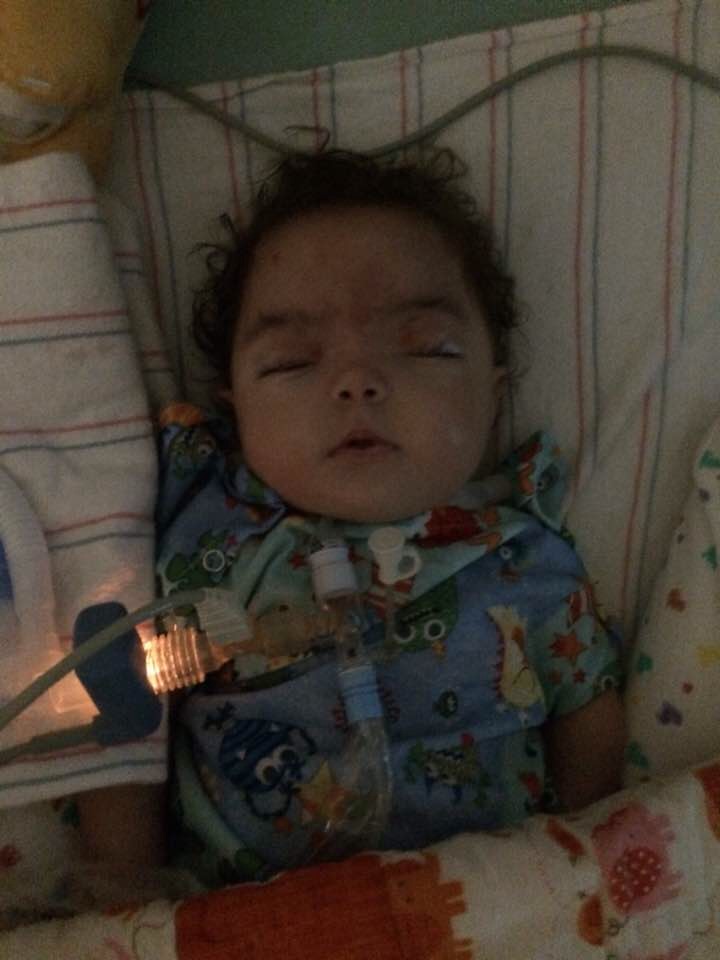
In the meantime; however, Lennon did what she always did, she refused to give up and stop fighting. On that Saturday, August 29, 2015, she opened her eyes and began responding to our voices, as well as slightly moving her limbs. The doctors believed all of these movements to be involuntary. Each day that passed, Lennon got a little better and stronger. On Tuesday, September 1, 2015, the Neurologists at CHOP confirmed the suspected profound brain damage with a repeat MRI; however, certain parts of Lennon's brain were less damaged than anticipated. Lennon's doctors believe that she will be blind and unable to walk in the future, but they cannot predict exactly what her limitations will be. Lennon's progress (or lack there of) will occur over the next few months or years. We were told that Lennon will continue to progress daily more and more until she reaches her limit and all improvements will eventually cease.
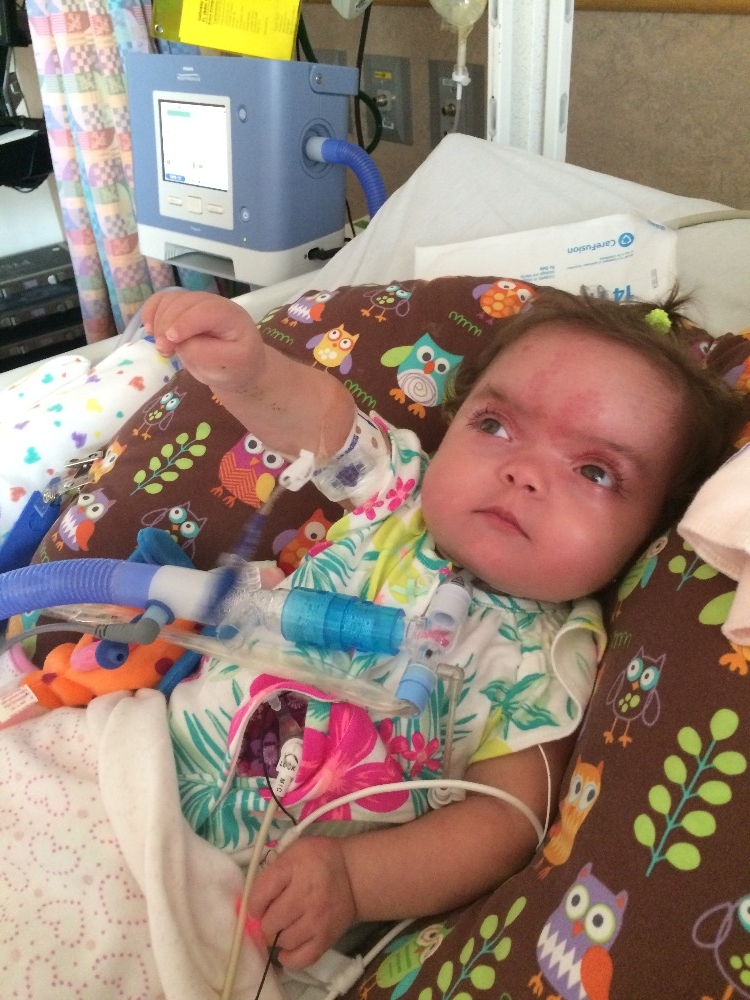
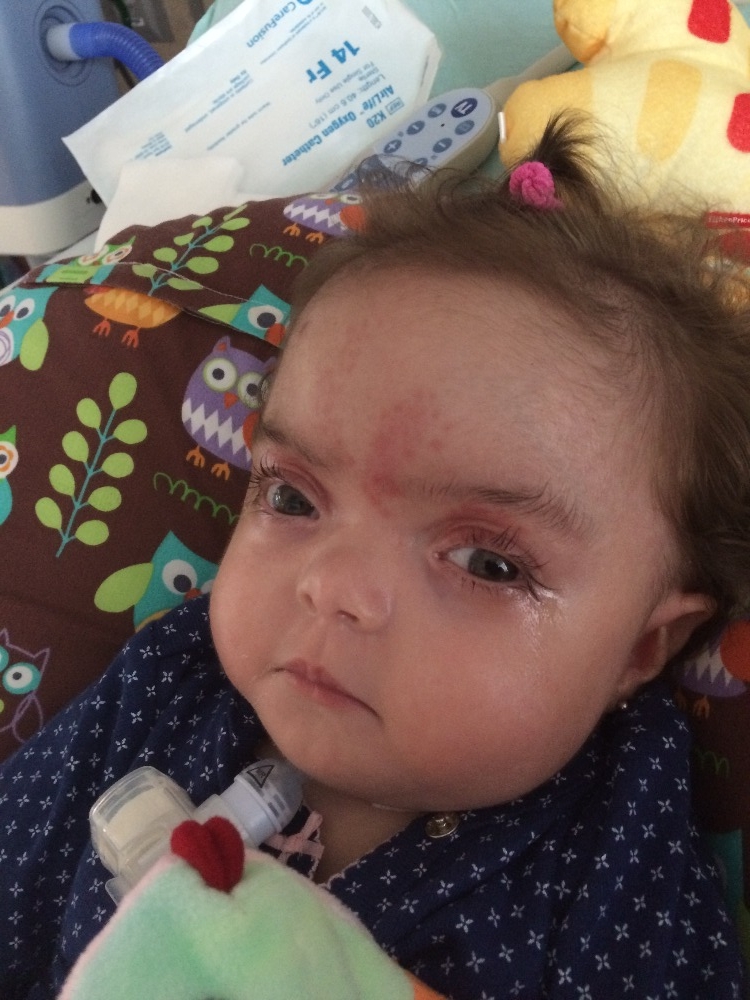
The CHOP infectious disease doctors were unable to determine what caused Lennon’s initial fever spike, which caused Lennon's seizures on her brithday. After the last test results came back negative, they told us that Lennon could go home. Lennon was discharged from CHOP on September 4, 2015 after returning to her baseline ventilator settings, feeding regime, and medication regime with only two added medications for seizures and muscle spasms.
During Lennon's time at St. Christopher’s early on, the Geneticists tested Lennon for various syndromes, but were unable to identify a particular gene that was affected. They always believed that her issues and defects could be explained by a genetic abnormality, but tests results continued to come back negative. A few weeks ago when we accepted the fact that Lennon would not be with us much longer, we requested a full genome panel study with the possibility of receiving an answer as to why all of this has happened to Lennon, which would hopefully help us deal with the loss of our daughter. The normal eight-month study was expedited for us and we were told it would be completed within two weeks.
On September 14, 2015, the results of Lennon's genome panel came back. Lennon was diagnosed with Bohring–Opitz Syndrome (BOS). They were able to see the mutation in a specific gene that causes the syndrome. This is a medical syndrome characterized by a specific craniofacial appearance, fixed contractures of the upper limbs and abnormal posture, feeding difficulties, intellectual disability, small size at birth and failure to thrive. Lennon does not have all of the symptoms of this syndrome, but every one of her defects is classified under this syndrome. The gene that identifies BOS was only discovered in 2011. The syndrome is so are that there are only approximatley 60 known cases in the world at this time. Lennon is now one of the youngest known cases. Life expectancy is shortened due to complications from respiratory illness and respiratory failure. Most BOS children are unable to ever fully develop and live normal lives, whatever normal means.
Now that we know what caused Lennon’s defects and medical struggles, we know how difficult the road ahead will be for her. In addition to her BOS diagnosis, Lennon gained another strike against her when she suffered her Hypoxic Anoxic Brain Injury. Lennon is not the little lady she was only one short month ago. She is unable to do the limited things that she was doing before her brain injury. All of this is meaningless to us and our other three children. Our baby girl is alive and fighting and we want to do everything we can to give her the best chance at success and a full-life experience. We will never let a label of BOS define who Lennon is or let her brain injury hold her back. She has proven doctors wrong from day one and we expect that she will continue showing off.
Lennon currently receives physical, speech, and occupational therapies three days a week at CHOP and St.Christophers She also has in-home sessions through Early Intervention. In addition, Lennon is being followed by a Special Needs Pediatrician and will have monthly and sometimes bi-monthly visits with the following specialists: Pulmonology, Neurology, Ear Nose and Throat, Nephrology, Endocrinology, Cardiology, Orthopedics, Gastrology, Neuro-optomology, Optomology, Audiology, and Rehabilitation Services.We also anticipate future travel to specialists of BOS. One such specialist is located at John Hopkins Hospital in Baltimore.
It is difficult for us to put into words the intensity of Lennon’s medical needs and the extent of daily care. We do not know how long we are going to be able to help her fight through life and develop into whatever beautiful little girl she becomes. We just know that we will never stop helping her and we will never give up on her. We want her to know how much we love her and how proud we are of her and her constant fighting spirit. Lennon has taught us and everyone what "never giving up in life" really means.
We do not know how long Lennon will be with us, but we do know that we are going to give her the greatest life we possibly can, even if it is just for a little while. Thank you for reading and sharing her story.
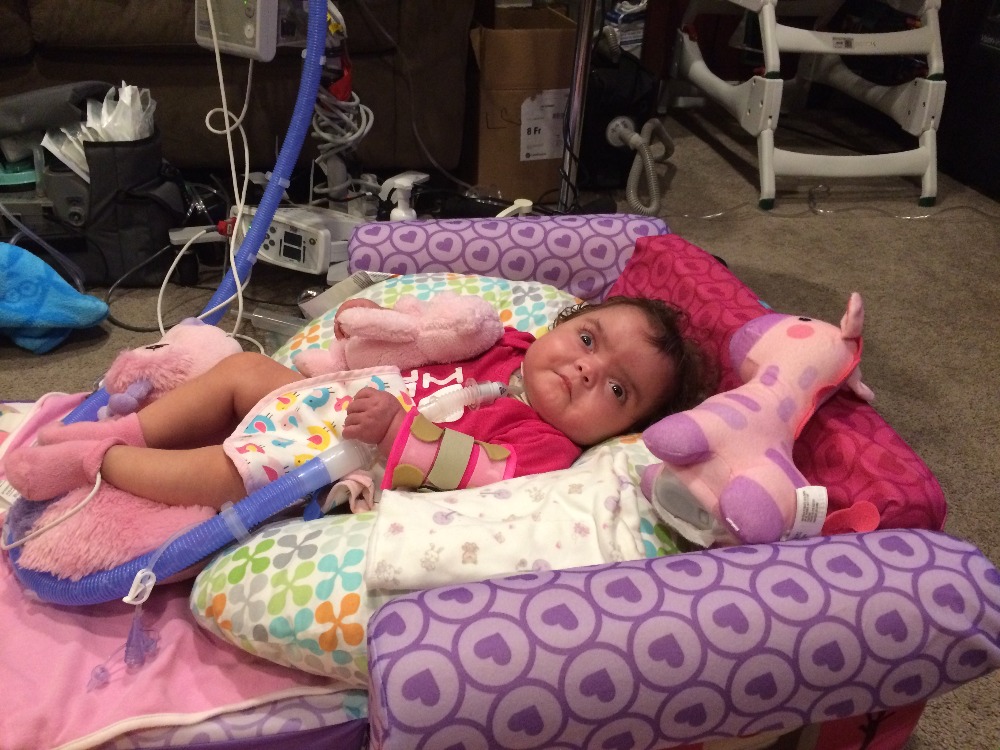
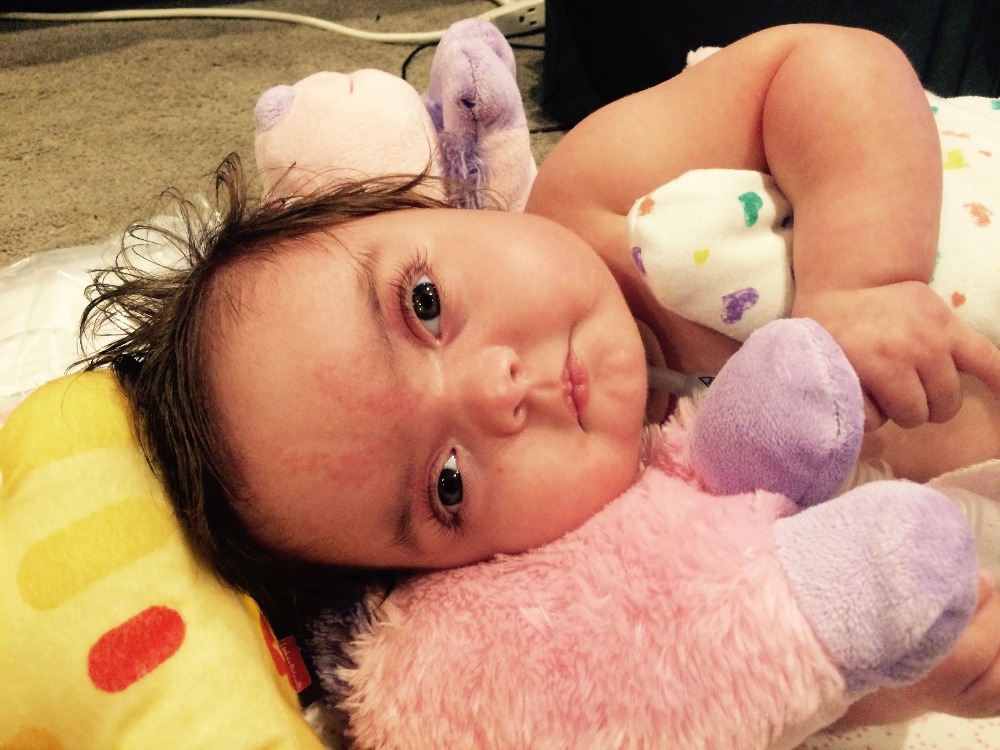
Organizer
Jesa Galloway
Organizer
Philadelphia, PA